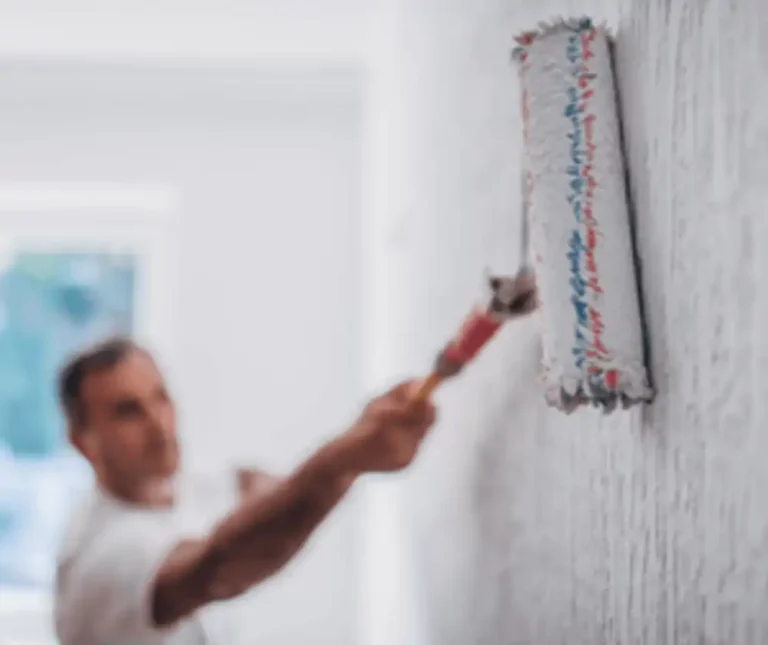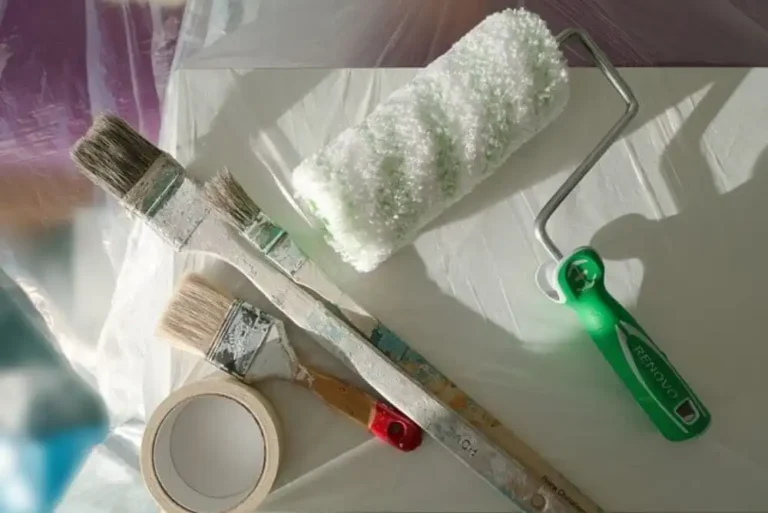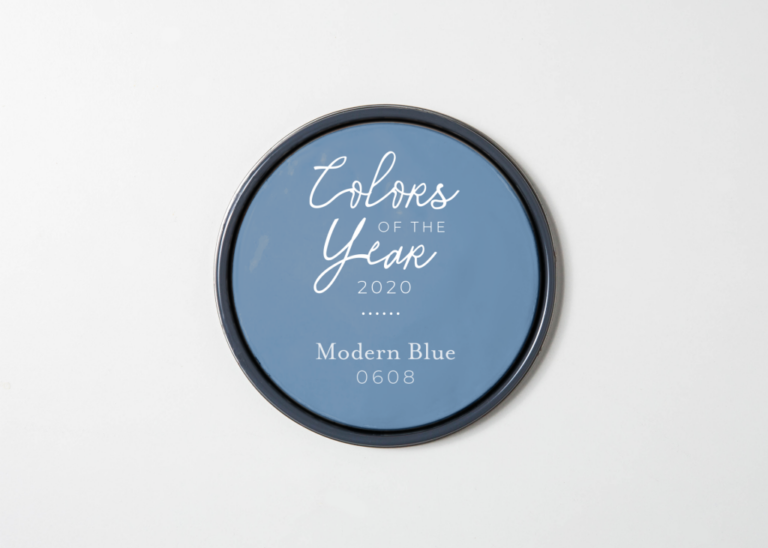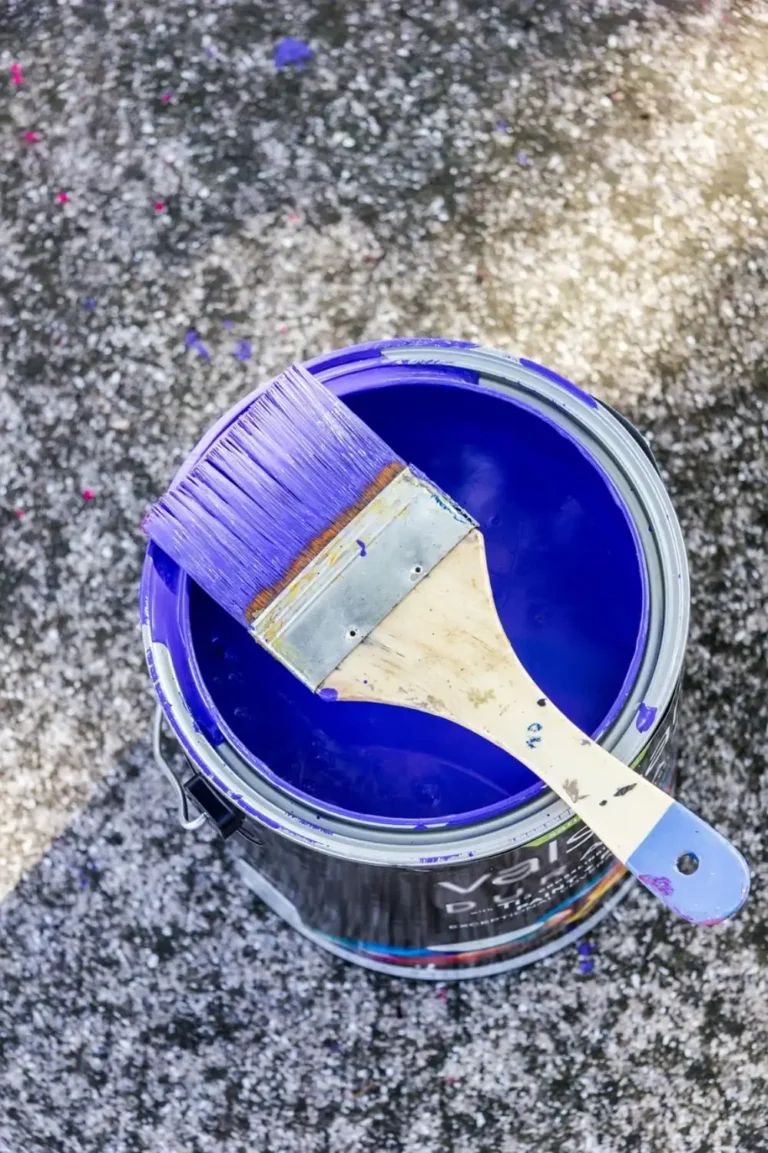Can You Paint Indoors During Winter
Painting is one of the simplest ways to refresh a room, but is it practical to take on an interior paint project during the colder months? In regions where winter brings consistently low temperatures—such as Lynchburg, Virginia—it’s possible to paint indoors successfully with the right approach. Cold weather requires a few adjustments to ensure proper drying, adhesion, and finish quality.
This guide explains how to paint indoors safely and effectively during winter, covering temperature limits, preparation steps, and drying considerations.
When Is It Too Cold to Paint Indoors
Temperature plays a crucial role in how paint behaves. The ideal indoor temperature range for painting is between 40°F and 90°F. Below 50°F, paint can thicken, dry unevenly, and fail to adhere properly to surfaces. In these conditions, the finished result may show streaking, cracking, or dull patches.
If your home’s temperature remains consistently below 50°F, it may be best to wait or temporarily warm the space before painting. Always check the manufacturer’s recommendations printed on the paint label, as some formulations are designed to tolerate slightly lower temperatures.
Preparing to Paint During Winter
Proper preparation ensures that paint adheres well and dries evenly, regardless of season. Before opening a can of paint, take time to ready both the room and your materials.
1. Clean Surfaces Thoroughly
Remove dust, grease, and dirt using a damp cloth or tack rag. Clean surfaces improve adhesion and create a smoother finish.
2. Protect Furniture and Floors
Use drop cloths to cover large areas and painter’s tape to protect trim, sockets, and edges. Masking film or paper works well for cabinets, windows, and baseboards.
3. Mix Paint for Consistency
If multiple cans of the same color are used, combine them in a large 5-gallon bucket to maintain color uniformity throughout the project.
4. Strain the Paint
Straining prevents clogs in sprayers or rollers and removes debris that could cause imperfections.
5. Ensure Good Ventilation
Even in winter, airflow is important. Open windows slightly or use fans to circulate air. This helps paint dry evenly and reduces lingering odor.
6. Monitor Humidity Levels
High humidity can slow the curing process and increase the risk of mildew. Aim to keep indoor humidity below 50% during painting and drying.
7. Maintain Warmth
Keep the room warm—preferably above 60°F—using a space heater or the home’s heating system. Warmer air helps paint level out and dry properly. Remember that exterior walls are often colder than interior walls, so drying may take longer on those surfaces.
What to Paint First
Painting can feel more manageable with a clear order of operations. Professionals generally follow a top-to-bottom sequence:
- Start with the ceiling.
- Move to the walls.
- Finish with trim, doors, and detail work.
If you plan to refinish flooring, leave that for last to avoid smudging or trapping dust from other surfaces.
Can You Paint Interior Walls in the Winter
Yes, interior painting during winter is possible with proper temperature control and preparation. The key is to maintain a consistent indoor temperature of at least 40°F, preferably 50°F or higher. Using paints formulated for low-temperature application—such as certain latex or acrylic blends—will also improve performance.
These specialized paints dry more efficiently and adhere better in cooler conditions. Allow extra time between coats and verify that the surface is completely dry before applying additional layers.
Is It Safe to Paint Indoors During Winter
It is generally safe to paint indoors during the colder months, provided you take necessary safety and ventilation precautions. Avoid sealed or poorly ventilated spaces, especially when using solvent-based paints. Always read product safety information, ensure adequate air circulation, and allow time for fumes to dissipate before spending extended periods in the painted area.
Final Thoughts
Painting indoors during winter is entirely feasible with proper planning. Keep temperature, humidity, and ventilation in the optimal range, and choose paint designed for cooler conditions. Thorough preparation and patience with drying times will help achieve a smooth, long-lasting finish even in cold weather.
With care and attention to environmental factors, you can confidently transform your indoor spaces year-round.






